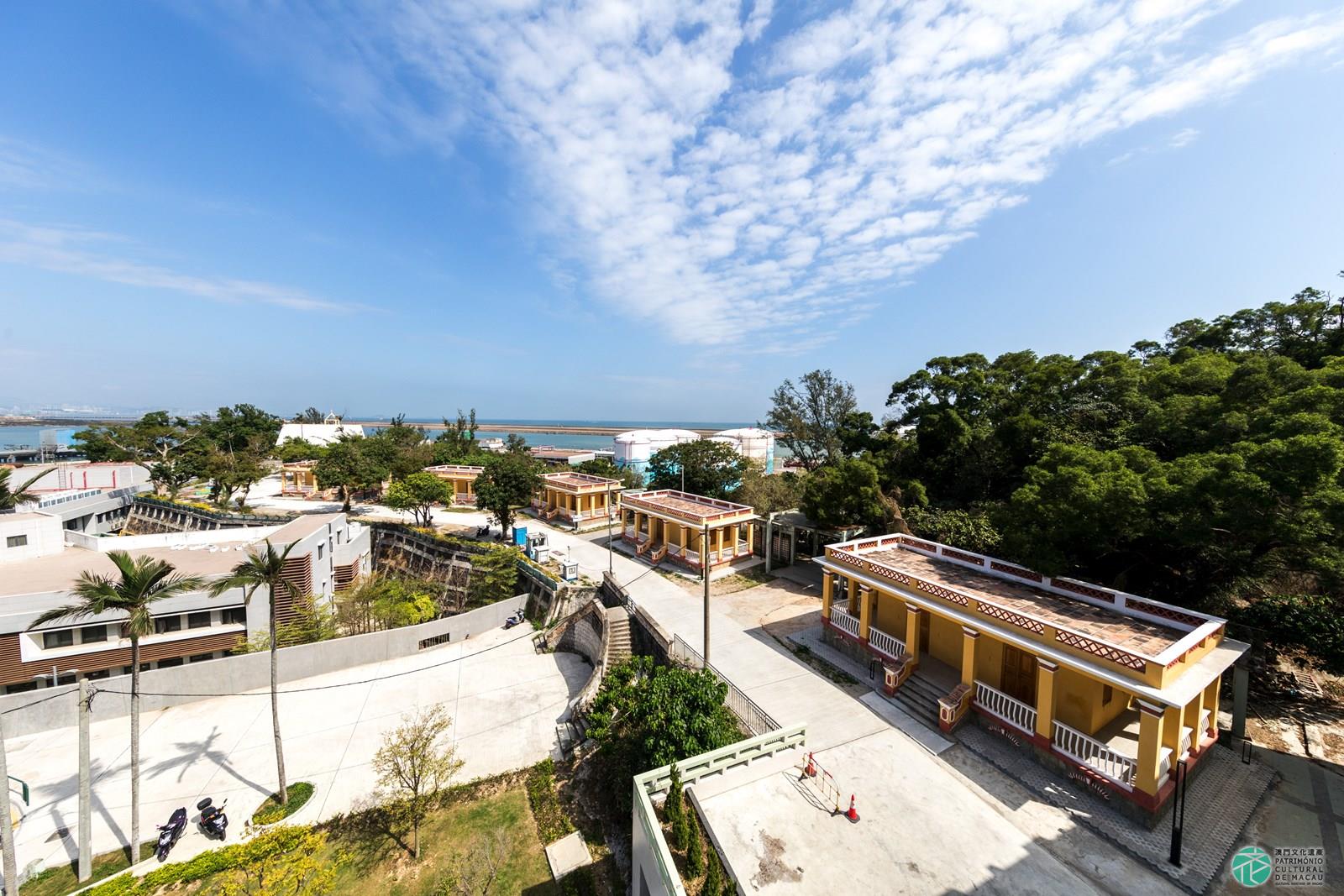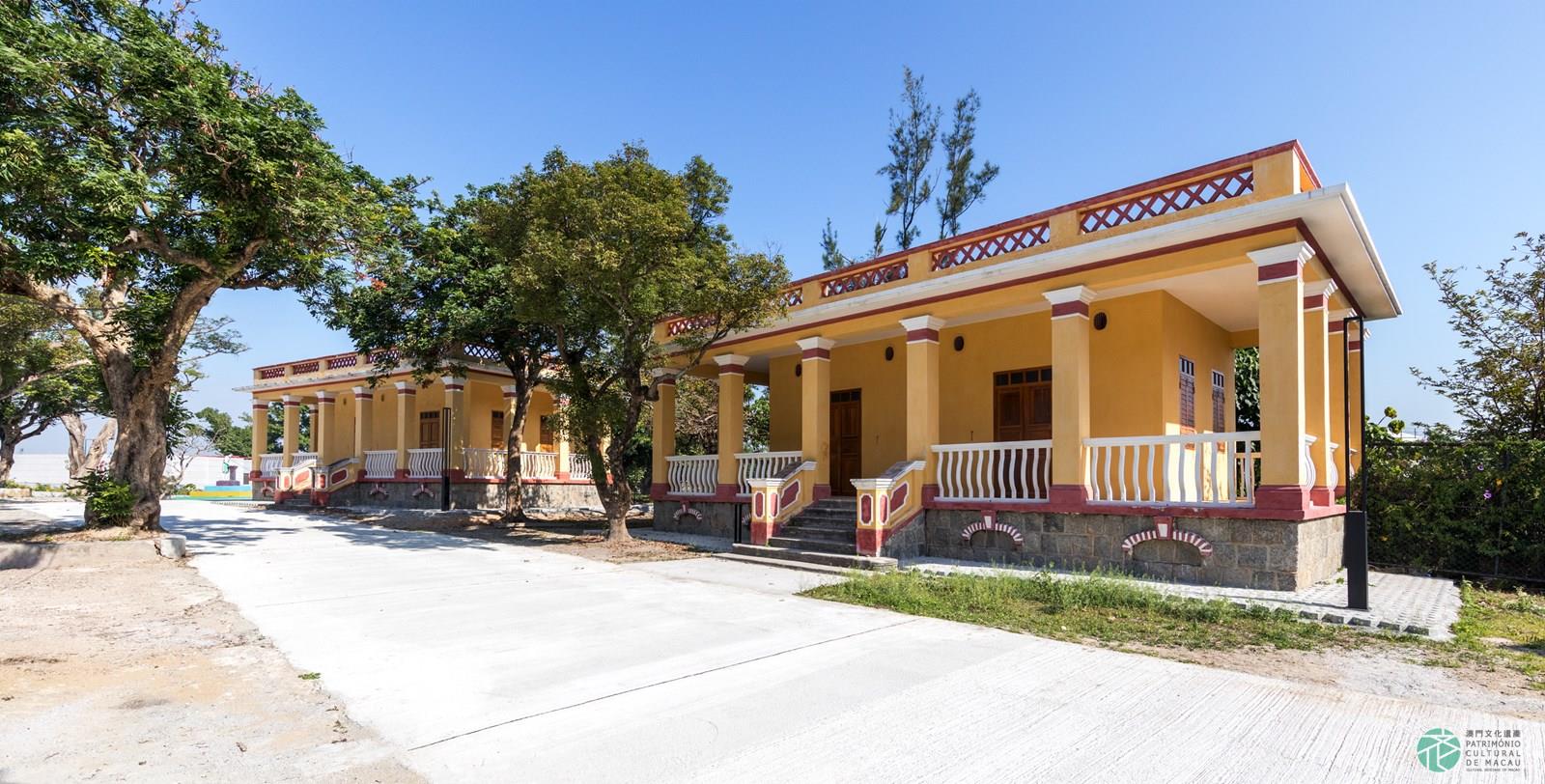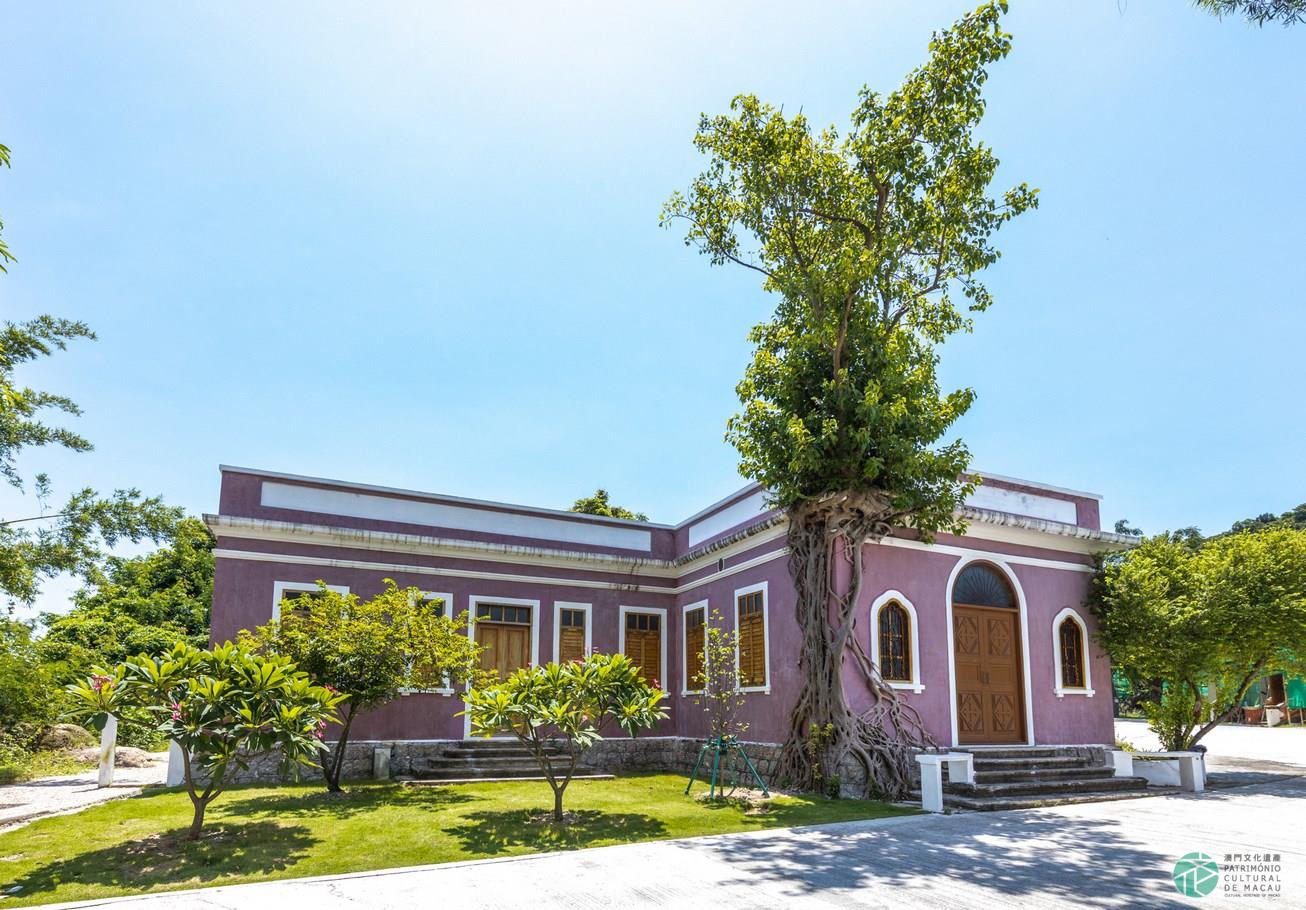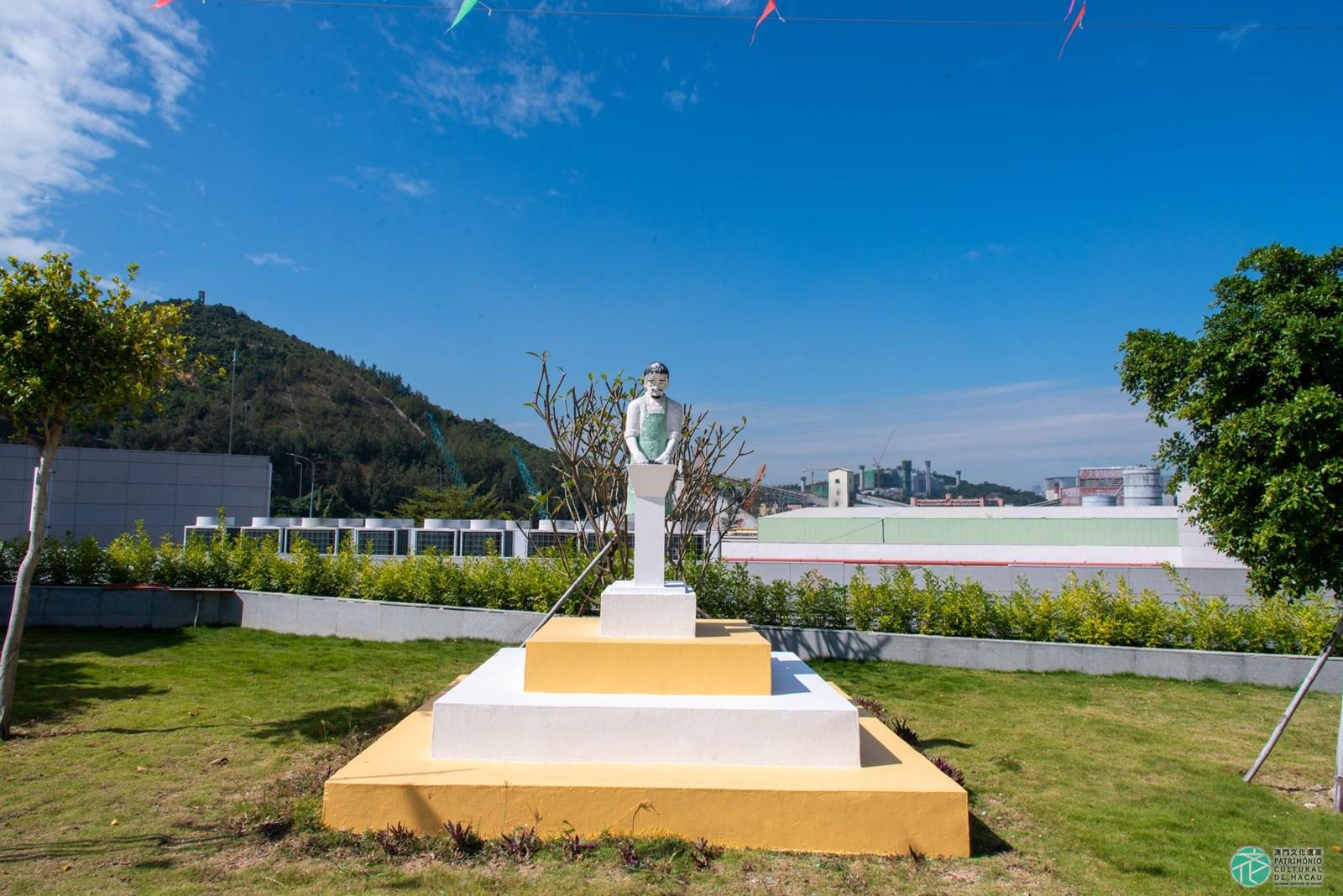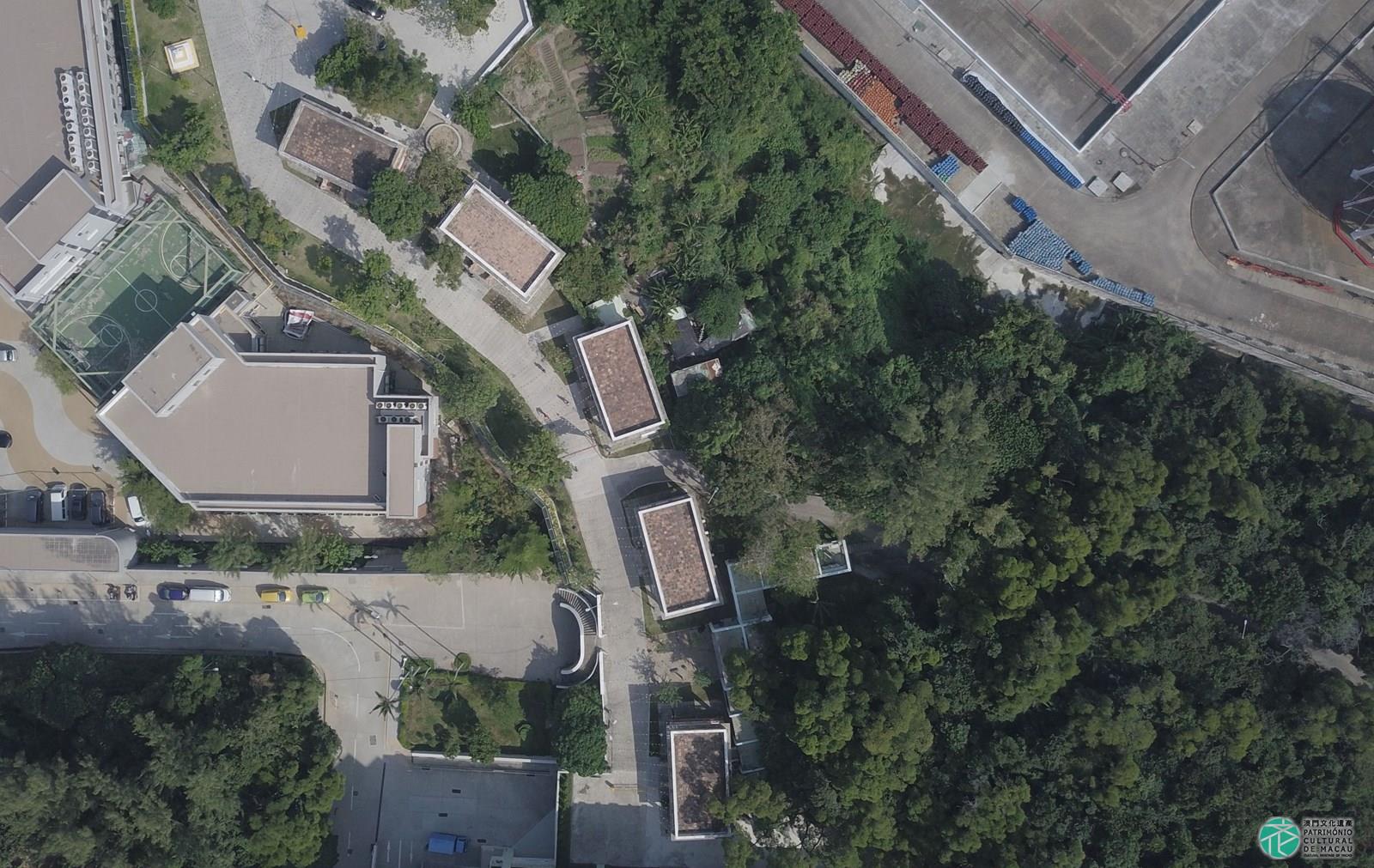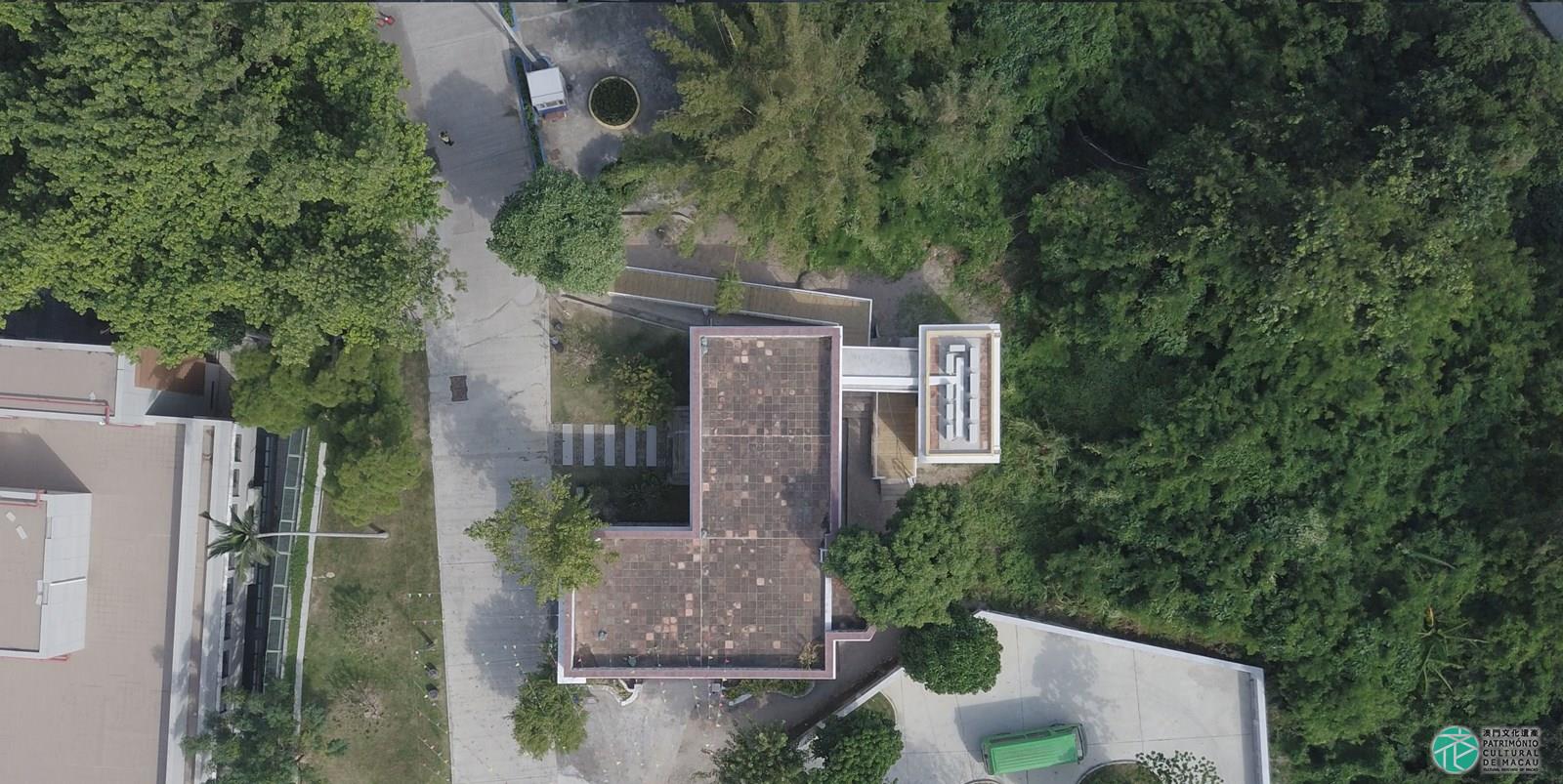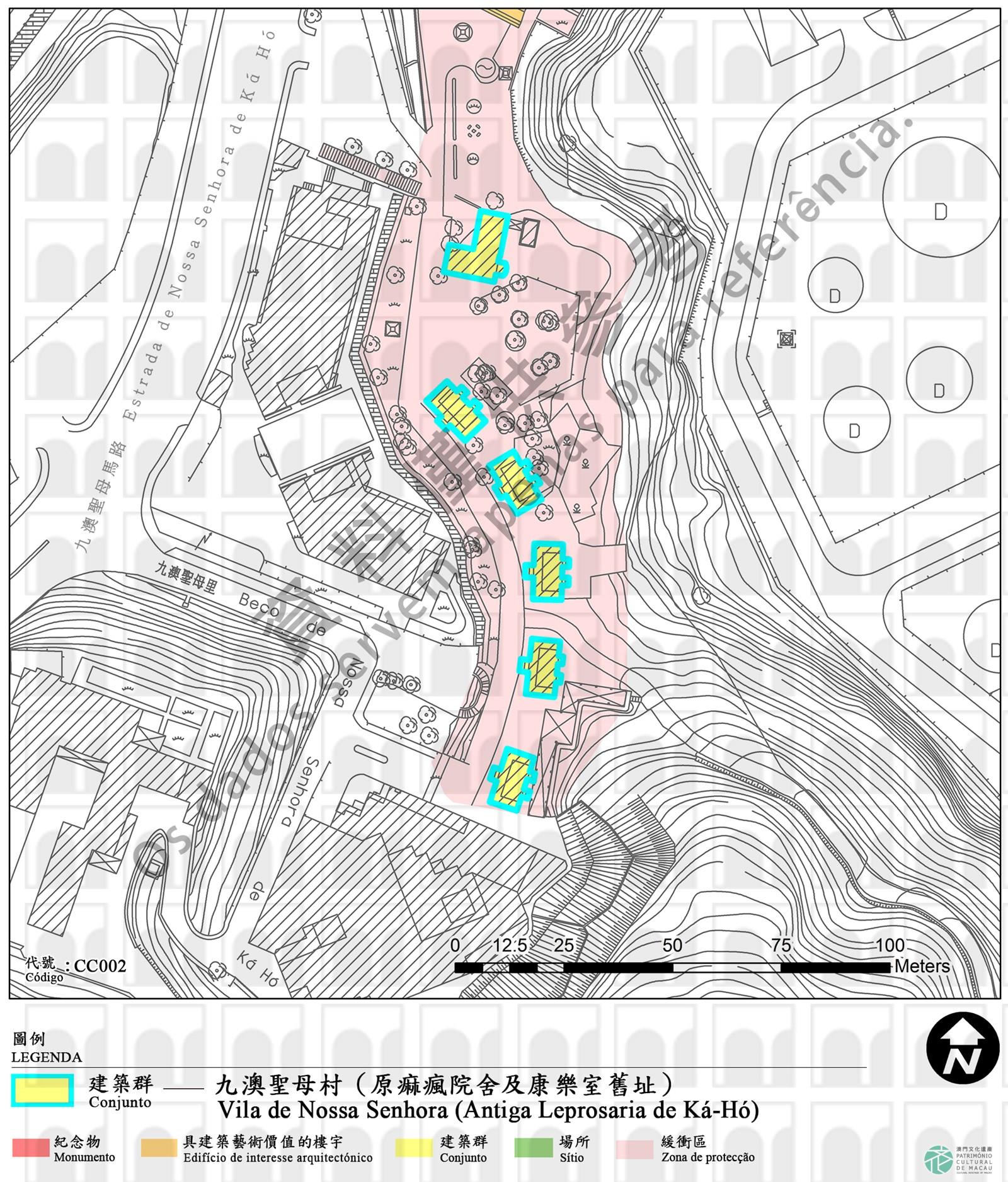The Nossa Senhora village, founded in 1964, consists of the former Ká Hó Leprosarium, Our Lady of Sorrows Church and other affiliated structures. It is the only existing site of a leprosarium in Macao, which also happens to be the site of the last leprosarium in the city to cease operation. Leprosy is one of the earliest infectious diseases recorded in the history of human civilization and has a wide distribution. Either in the history of the West or China, leprosy had always been regarded as a filthy disease and was prejudiced and discriminated against by religion and society. Therefore, lepers were generally rejected, and isolation was the most common way of treating them in the olden days. Macao is the place where the Western medical system operated the first leprosy institution in the Far East, which demonstrates the pioneering role of Macao in serving the leprosy charity and relief cause. As part of the world’s cultural heritage about leprosy, the village not only bears witness to the transmission of the Western humanism in the Far East, but also a site and a relic that allows people in the modern society to learn about the memory and history of lepers’ sufferings.
The prevention and treatment of leprosy in Macao began from the 16th century. In 1568, father D. Belchior Carneiro opened a leprosarium affiliated to the Holy House of Mercy, an organisation also founded by him. Later, due to the requirements for isolation treatment, a clinic dedicated to treating leprosy was established outside the city walls (now St. Lazarus Church). By the middle to late 19th century, in view of urban development, the then Portuguese government of Macao once again moved the leprosarium to Pac-Sa-Lan in Hengqin, which, however, was destroyed by a typhoon in 1883. For separation of male and female lepers, the government then built a new leprosarium in both Pac-Sa-Lan and Ká Hó, Coloane. The Ká Hó Leprosarium completed in 1885 was designated for female lepers (predecessor of the site).
In 1929, the Portuguese government of Macao expanded the Ká Hó Leprosarium and the new complex was completed in 1930, comprising of five eclectic single-storey houses and a chapel that stretched along the coastline in an arch shape. Behind each house was a small single-storey building with a washroom and a small kitchen. A pier is built to connect the complex with the outside world.
Although the government was responsible for managing and financing the Ká Hó Leprosarium, the Catholic Diocese of Macau had always paid attention to the living conditions of lepers and played an important role in caring for them, as documented in the records about clergy members’ regular visits to the leprosarium to provide nursing services as early as in the early 20th century. As the Ká Hó Leprosarium back then had no accommodation facilities and could not be accessed by roads, the clergy members had to first go to Coloane by ferry before heading for the leprosarium by boat. After the 1950s, the facilities and management of the Ká Hó Leprosarium were improved, including the construction of roads, sisters’ quarters, dormitories and clinics. In 1962, the then Governor ordered the improvement of the hygiene in the leprosarium, for which the Health Department must carry out regular inspections to the leprosarium, and he also granted farmland for lepers to cultivate.
With the advancement of medical technology, leprosy is no longer an incurable disease and many patients have gradually recovered since the 1980s. In 1992, the Social Welfare Bureau built the Ká Hó elderly centre to house over 20 elderly citizens that have recovered from the disease, and the old single-storey houses were therefore left vacant until today, and the Ká Hó Leprosarium has completed its medical care mission.
